3-Bromopyruvic acid
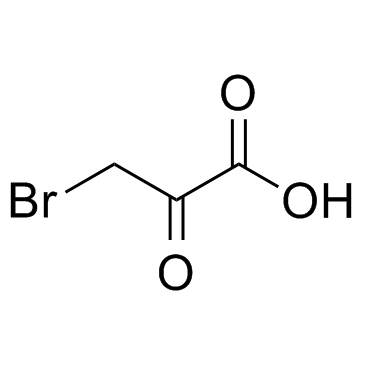
3-Bromopyruvic acid structure
|
Common Name | 3-Bromopyruvic acid | ||
|---|---|---|---|---|
| CAS Number | 1113-59-3 | Molecular Weight | 166.958 | |
| Density | 2.0±0.1 g/cm3 | Boiling Point | 223.4±23.0 °C at 760 mmHg | |
| Molecular Formula | C3H3BrO3 | Melting Point | 77-82 °C | |
| MSDS | Chinese USA | Flash Point | 88.9±22.6 °C | |
| Symbol |

GHS05 |
Signal Word | Danger | |
Use of 3-Bromopyruvic acid3-Bromopyruvic acid is a hexokinase II inhibitor, is an effective antitumor agent on the hepatoma cells.Target: hexokinase II in vitro: 3-BrPA dissociates HK II from this complex, causing cell death, and thus, having an anti-tumor effect. In vitro treatment of cells with 3-BrPA significantly inhibited their growth, as evaluated by MTT assay and adenosine triphosphate-tumor chemosensitivity assay (ATP-TCA). [1] 3-Bromopyruvic acid (3-BP) is a glycolytic inhibitor and a promising anticancer compound, induces oxidative stress and depletes cells of glutathione (GSH). [2]in vivo: 3-BrPA treatment (50 mg/kg ip. daily, 6 days/week for three weeks) is effective in the animal model by attenuating tumor growth and causing tumor necrosis. Toxic signs were not observed. The acute toxicity study provided an LD50 of 191.7 mg/kg for 3-BrPA. [1] |
| Name | Bromopyruvic acid |
|---|---|
| Synonym | More Synonyms |
| Description | 3-Bromopyruvic acid is a hexokinase II inhibitor, is an effective antitumor agent on the hepatoma cells.Target: hexokinase II in vitro: 3-BrPA dissociates HK II from this complex, causing cell death, and thus, having an anti-tumor effect. In vitro treatment of cells with 3-BrPA significantly inhibited their growth, as evaluated by MTT assay and adenosine triphosphate-tumor chemosensitivity assay (ATP-TCA). [1] 3-Bromopyruvic acid (3-BP) is a glycolytic inhibitor and a promising anticancer compound, induces oxidative stress and depletes cells of glutathione (GSH). [2]in vivo: 3-BrPA treatment (50 mg/kg ip. daily, 6 days/week for three weeks) is effective in the animal model by attenuating tumor growth and causing tumor necrosis. Toxic signs were not observed. The acute toxicity study provided an LD50 of 191.7 mg/kg for 3-BrPA. [1] |
|---|---|
| Related Catalog | |
| References |
| Density | 2.0±0.1 g/cm3 |
|---|---|
| Boiling Point | 223.4±23.0 °C at 760 mmHg |
| Melting Point | 77-82 °C |
| Molecular Formula | C3H3BrO3 |
| Molecular Weight | 166.958 |
| Flash Point | 88.9±22.6 °C |
| Exact Mass | 165.926544 |
| PSA | 54.37000 |
| LogP | -0.54 |
| Vapour Pressure | 0.0±0.9 mmHg at 25°C |
| Index of Refraction | 1.521 |
| InChIKey | PRRZDZJYSJLDBS-UHFFFAOYSA-N |
| SMILES | O=C(O)C(=O)CBr |
CHEMICAL IDENTIFICATION
HEALTH HAZARD DATAACUTE TOXICITY DATA
|
| Symbol |

GHS05 |
|---|---|
| Signal Word | Danger |
| Hazard Statements | H314 |
| Precautionary Statements | P280-P305 + P351 + P338-P310 |
| Personal Protective Equipment | Eyeshields;Faceshields;full-face particle respirator type N100 (US);Gloves;respirator cartridge type N100 (US);type P1 (EN143) respirator filter;type P3 (EN 143) respirator cartridges |
| Hazard Codes | C:Corrosive; |
| Risk Phrases | R20/21/22;R34 |
| Safety Phrases | S26-S36/37/39-S45-S27 |
| RIDADR | UN 3261 8/PG 2 |
| WGK Germany | 3 |
| RTECS | UZ0840000 |
| Packaging Group | II |
| Hazard Class | 8 |
|
~89% 
3-Bromopyruvic acid CAS#:1113-59-3 |
| Literature: Journal of Organic Chemistry, , vol. 47, # 19 p. 3765 - 3766 |
|
~% 
3-Bromopyruvic acid CAS#:1113-59-3 |
| Literature: International Journal of Chemical Kinetics, , vol. 32, # 7 p. 408 - 418 |
|
~% 
3-Bromopyruvic acid CAS#:1113-59-3 |
| Literature: Collection of Czechoslovak Chemical Communications, , vol. 23, p. 467,472 |
|
~% 
3-Bromopyruvic acid CAS#:1113-59-3
Detail
|
| Literature: Indian Journal of Chemistry, Section A: Inorganic, Physical, Theoretical & Analytical, , vol. 19, # 1 p. 1 - 6 |
|
~% 
3-Bromopyruvic acid CAS#:1113-59-3
Detail
|
| Literature: Chemische Berichte, , vol. 14, p. 1236 Anm. 1 Bulletin de la Societe Chimique de France, , vol. <2> 21, p. 391,393 Chemische Berichte, , vol. 1, p. 265 Justus Liebigs Annalen der Chemie, , vol. 152, p. 264 |
| Precursor 6 | |
|---|---|
| DownStream 10 | |
|
3-Bromopyruvate: A novel antifungal agent against the human pathogen Cryptococcus neoformans
Biochem. Biophys. Res. Commun. 434(2) , 322-7, (2013) Highlights • We examined the antifungal activity of 3-bromopyruvic acid (3-BP). • 3-BP could be a novel antifungal agent against Cryptococcus neoformans. • 3-BP acts on C. neoformans through fast depl... |
|
|
Inhibition of glucose turnover by 3-bromopyruvate counteracts pancreatic cancer stem cell features and sensitizes cells to gemcitabine.
Oncotarget 5(13) , 5177-89, (2014) According to the cancer stem cell (CSC) hypothesis, the aggressive growth and early metastasis of pancreatic ductal adenocarcinoma (PDA) is due to the activity of CSCs, which are not targeted by curre... |
|
|
Insights into the carboxyltransferase reaction of pyruvate carboxylase from the structures of bound product and intermediate analogs.
Biochem. Biophys. Res. Commun. 441(2) , 377-82, (2013) Pyruvate carboxylase (PC) is a biotin-dependent enzyme that catalyzes the MgATP- and bicarbonate-dependent carboxylation of pyruvate to oxaloacetate, an important anaplerotic reaction in central metab... |
| Propanoic acid, 3-bromo-2-oxo- |
| 3-Bromo-2-oxopropanoic acid |
| 3-BROMOPYRUVIC ACID HYDRATE |
| EINECS 214-206-5 |
| 3-Bromo-2-oxopropionic Acid |
| 3-BROMOPYRUVICACID(3-BROMOPYRUVATE) |
| 3-BROMO-2-OXOPROPANOICACID |
| 3-BromopYHuvic acid |
| 3-Bromopyruvicacid |
| BROMOPYRUVIC ACID/3-BROMO-2-OXOPROPIONIC ACID |
| BROMOPYRUVICACID |
| MFCD00002587 |
| PROPANOIC ACID,3-BROMO-2-OXO- |
| 3-Bromopyruvic acid |
| 3-BROMO-2-OXO-PROPIONIC ACID |


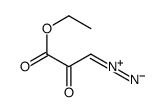
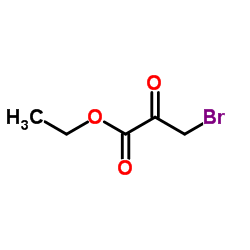
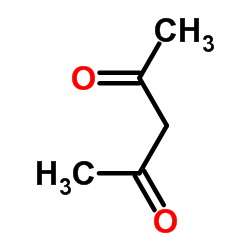
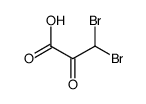
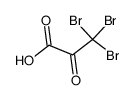


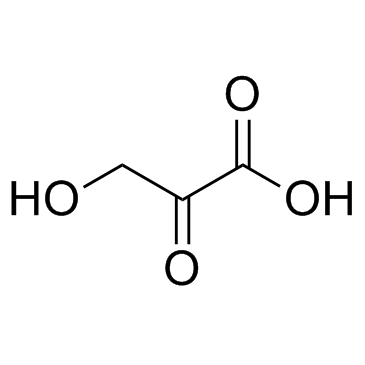 CAS#:1113-60-6
CAS#:1113-60-6![5-methoxycarbonylimidazo[1,2-a]pyridine-2-carboxylic acid structure](https://image.chemsrc.com/caspic/494/1113102-07-0.png) CAS#:1113102-07-0
CAS#:1113102-07-0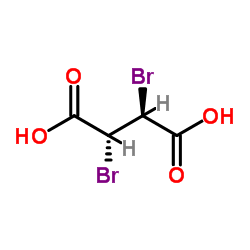 CAS#:526-78-3
CAS#:526-78-3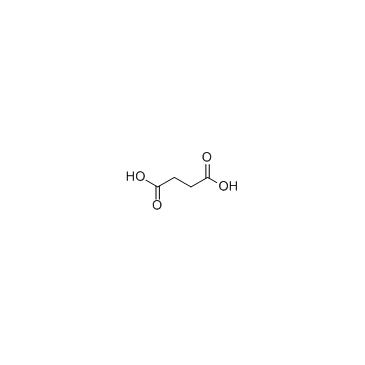 CAS#:110-15-6
CAS#:110-15-6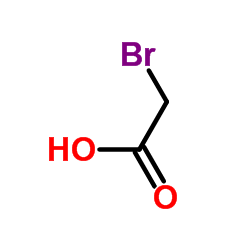 CAS#:79-08-3
CAS#:79-08-3 CAS#:6305-43-7
CAS#:6305-43-7 CAS#:3369-79-7
CAS#:3369-79-7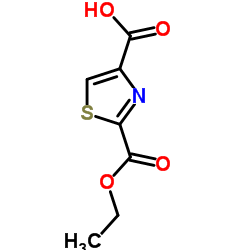 CAS#:911466-96-1
CAS#:911466-96-1 CAS#:62235-61-4
CAS#:62235-61-4
